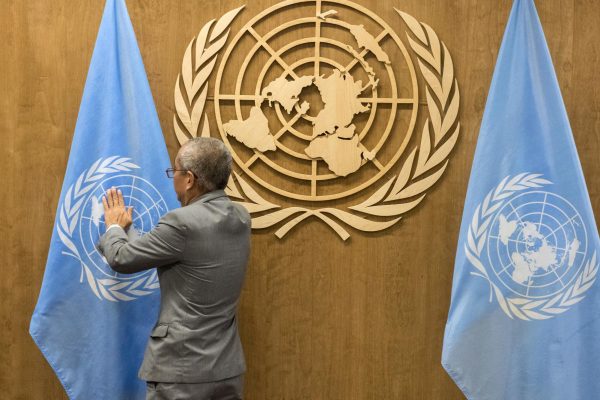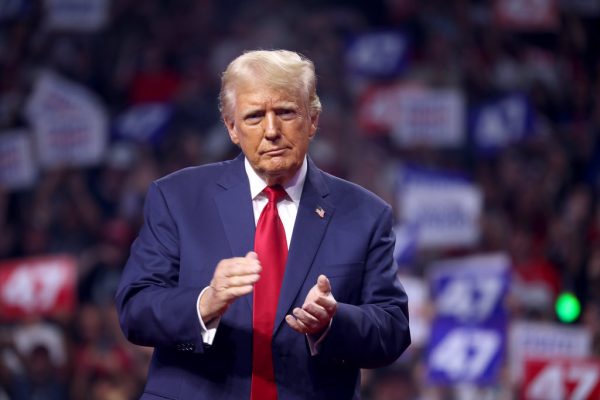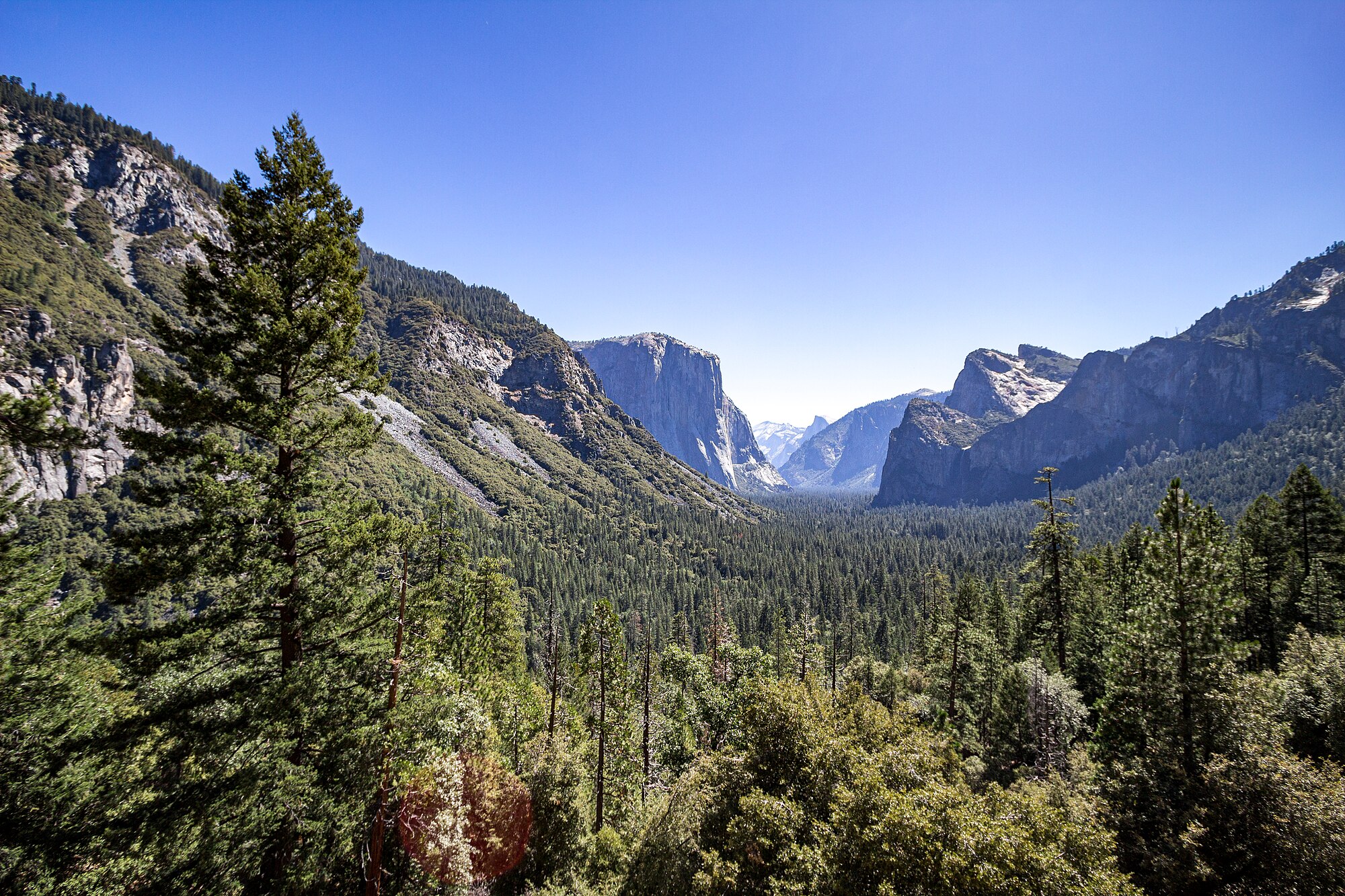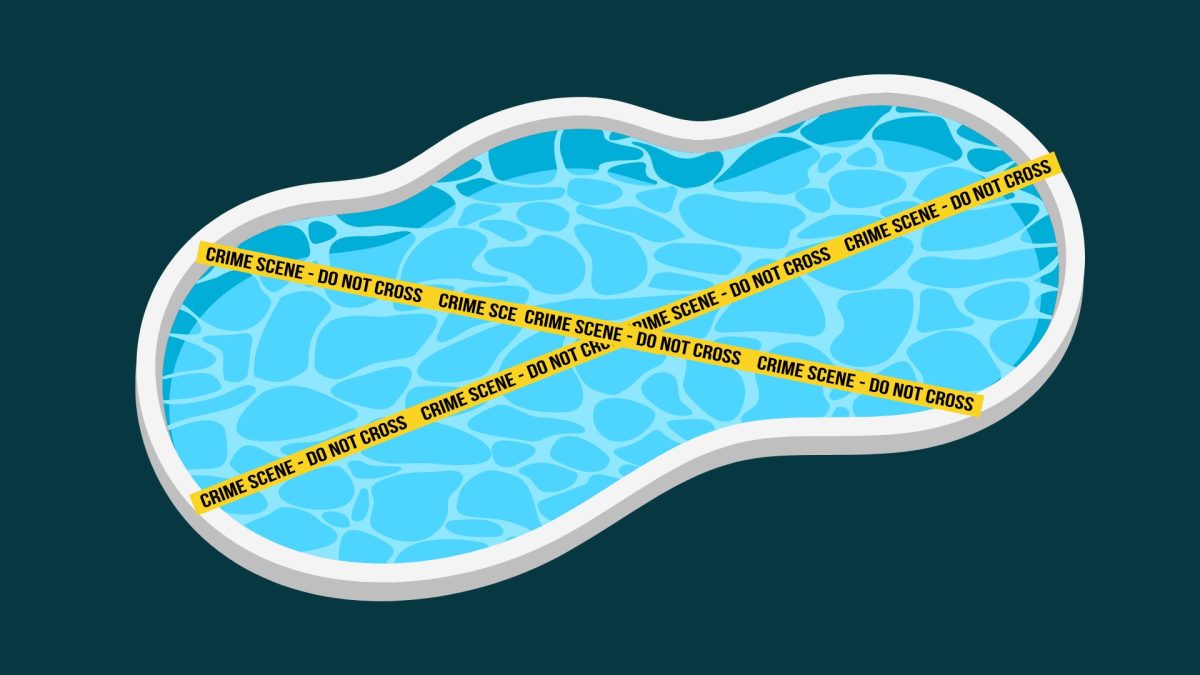
The Paris Climate Agreement is an international treaty on climate change. It was adopted by 196 Parties at the United Nations Climate Change Conference in Paris, France, on the 12th of December, 2015. It entered into force on the 4th of November, 2016.
The objective of the Paris Climate Agreement is to reduce carbon emissions and get countries to work together to adapt to the impacts of climate change. The long term goal is to substantially reduce global greenhouse gas emissions to hold global temperature increase to well below 2°C above pre-industrial levels and pursue efforts to limit it to 1.5°C above pre-industrial levels.
The Paris Climate Agreement is based on a five year cycle of increasingly progressive climate action carried out by countries. Every five years, each country is expected to submit an updated national climate action plan known as their Nationally Determined Contribution (NDC).

When Barack Obama joined the Paris Agreement in 2016, he did so using executive authority and did not wait for congressional approval. This meant that with Trump’s executive authority, he could withdraw from the agreement during his first administration, which he did do. And since Biden rejoined using his executive authority, Trump was able to do same as he did previously, removing the U.S. once again.
Trump’s new executive order, entitled “Putting America First in International Environmental Agreements,” explains the reasoning for the decision. It claims that international agreements like the Paris Climate Agreement don’t align with American values and that “these agreements steer American taxpayer dollars to countries that do not require, or merit, financial assistance in the interests of the American people.”
After pulling out of the Paris Climate Agreement, the United States is added to the short list of countries not formally a part of the agreement, those countries being Iran, Libya, and Yemen.
It is unclear right now if Donald Trump has any other plan in place to tackle climate change separate from the Paris Agreement. With his previous comments on climate change, many don’t have hope that he’ll implement anything to deal with the United State’s environmental issues. During Trump’s campaign, he denied problems surrounding global warming. During his speech on Inauguration Day, he vowed to “drill, baby, drill.”
Because of the Paris Climate Agreement terms, it takes 12 months to withdraw from the treaty, so the U.S. withdrawal won’t be formalized until January 2026. Until then, the United States is still obligated to the agreement’s goals.
The U.S. drawing out of the Paris Climate Agreement raises concerns of many. This includes environmentalists, religious organizations, business leaders, scientists, and world leaders. The agreement has become incredibly important to slowing the effects of climate change. With the United States being the second-largest emitter of CO2, emitting 5,057 million metric tons of carbon dioxide in 2022, it was very important that we were a part of the agreement.
While it is argued that the agreement is too costly and doesn’t help Americans, we could actually highly benefit from the jobs and money to be made from clean technology. The International Energy Agency projects that the global clean energy market will total over $60 trillion in the next two-and-a-half decades, as countries tackle climate change.
It is very rare to have a consensus among nearly all nations on a single topic. The Paris Agreement is one of the very few things that leaders from around the world have collectively supported. All countries in support could agree that climate change is driven by human behavior, that it’s a threat to the environment and the fate of humanity, and that global action is required to stop it. It also created a clear plan for all countries to make emissions reduction commitments and build upon those actions over time.






















